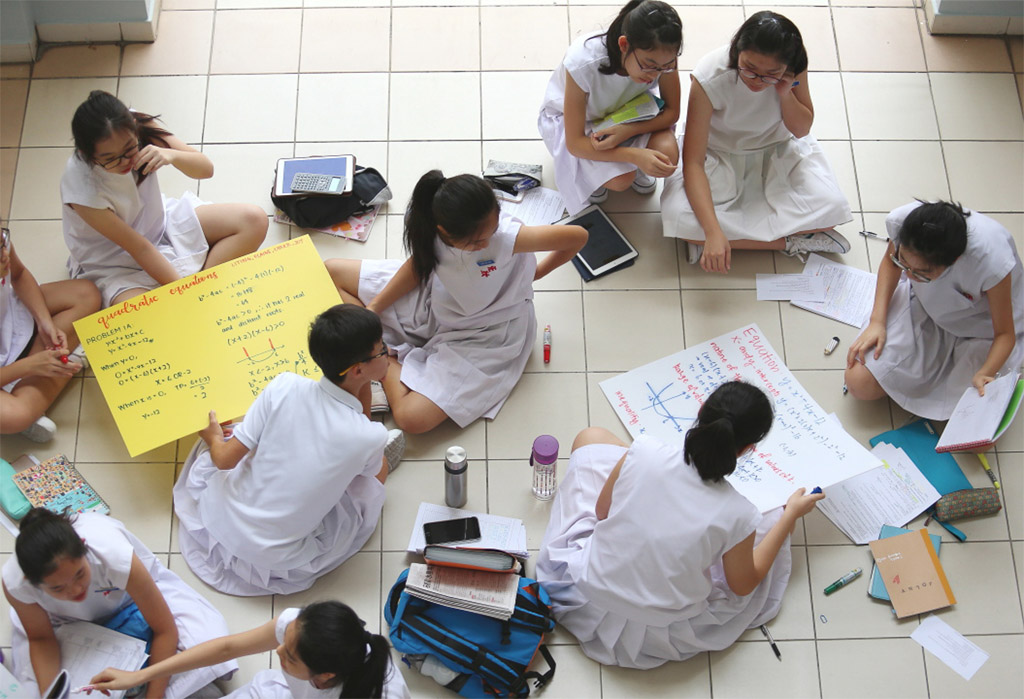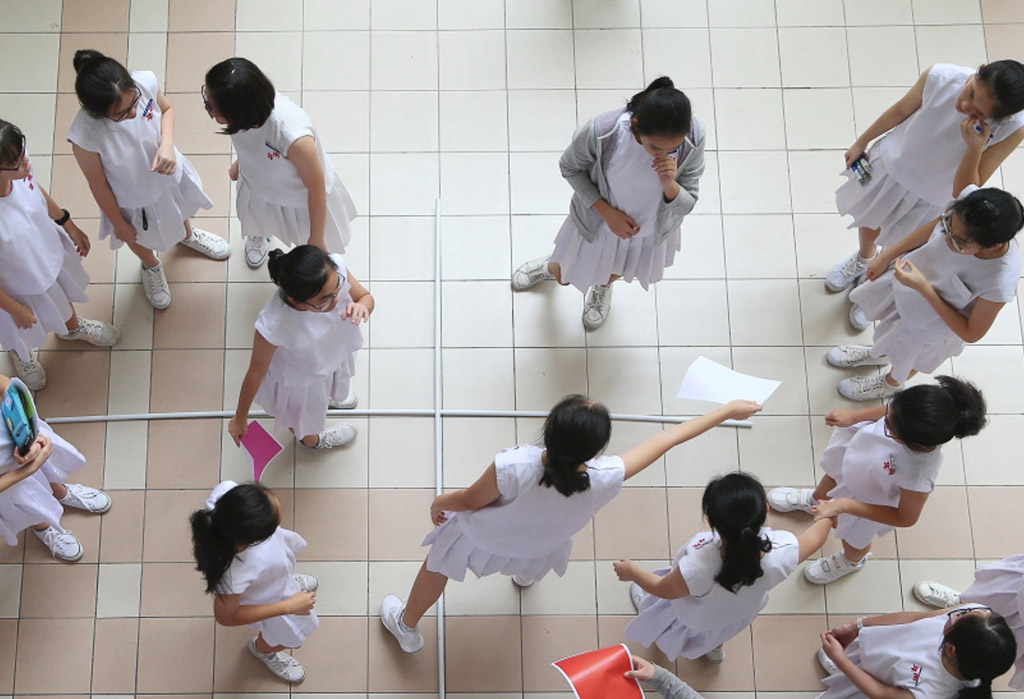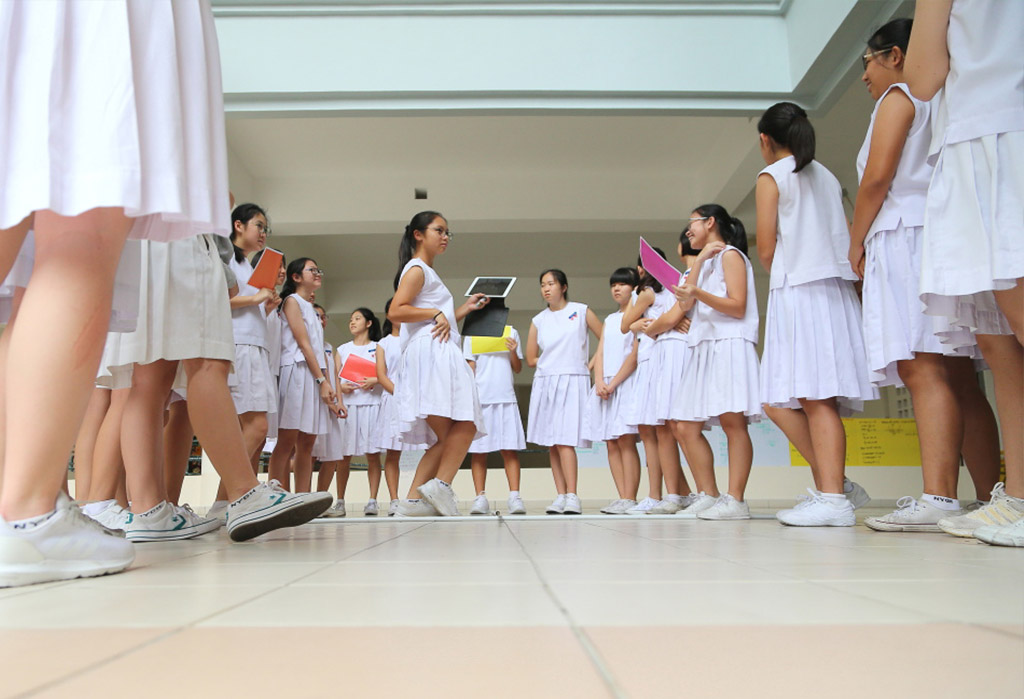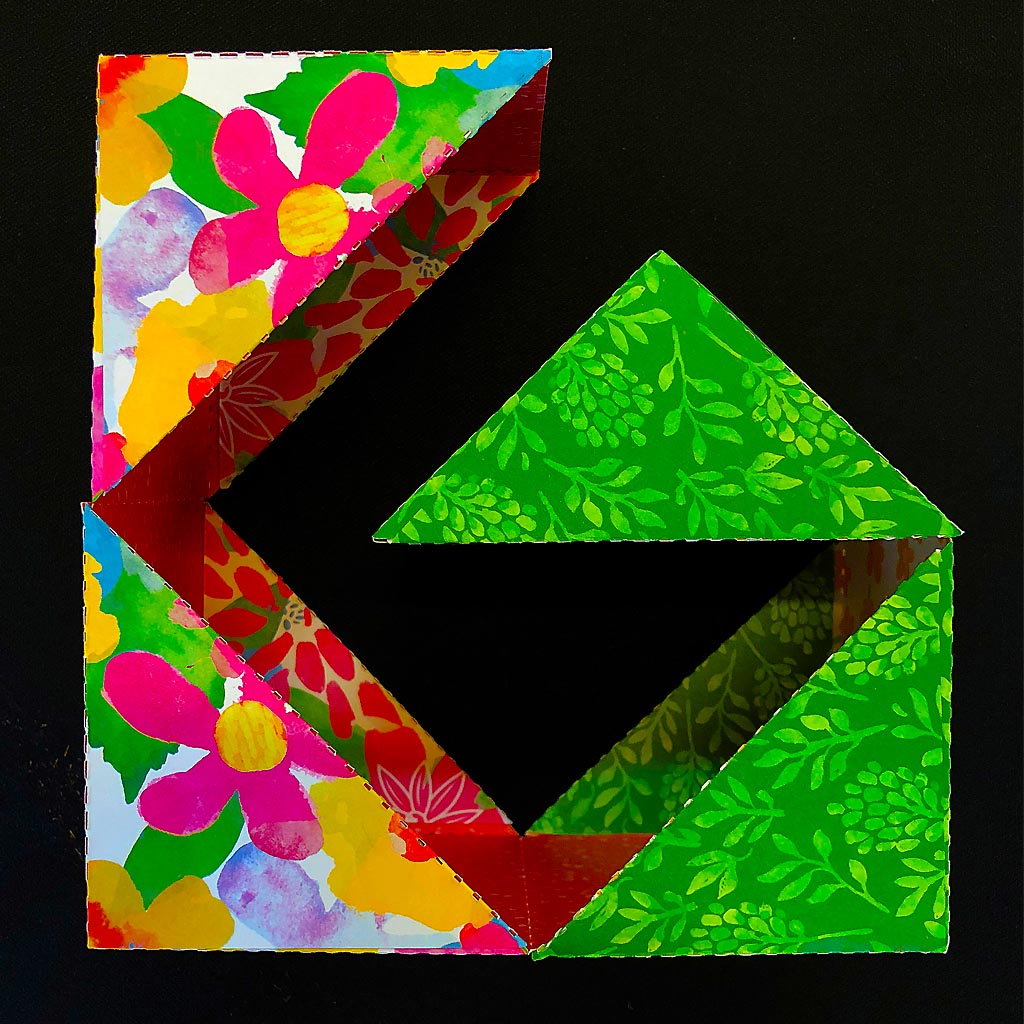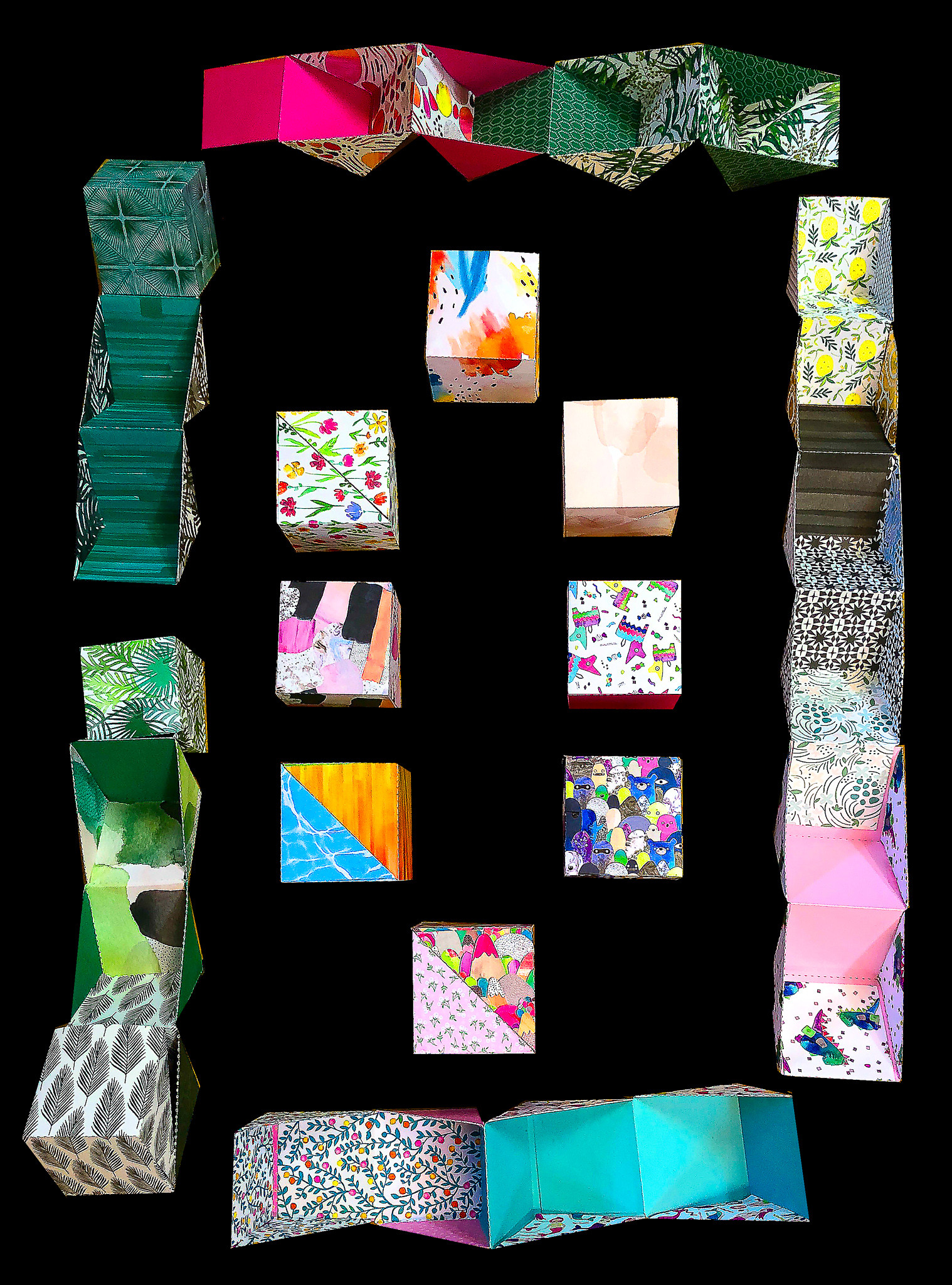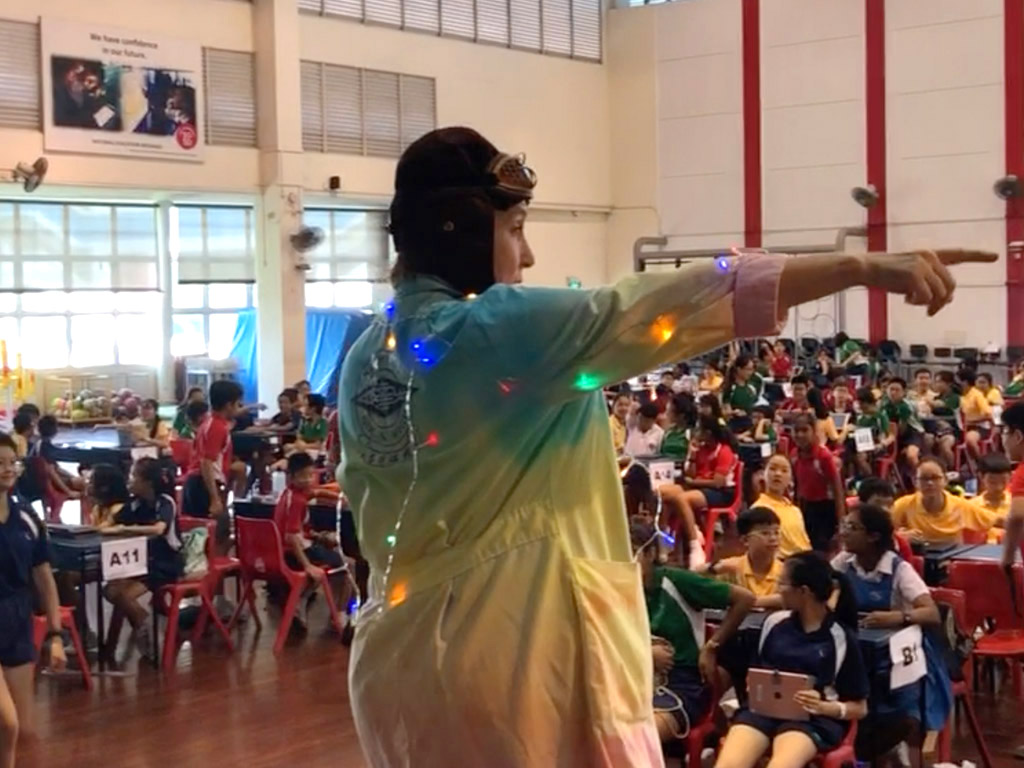STEAM Integrated Learning
As our world continues to collaborate beyond borders, academic disciplines find expanded meaning through the Arts and Making. The Arts provide historical documentation of our political, sociological, economical and cultural transformation through time and space. Our fashion, music, food, literature, entertainment and architecture are left behind for the future to call “history”. These dispositions of who we are in this moment, represents us collectively as a culture and cumulatively as a civilization. We know about life in ancient civilizations because of the artifacts left behind, the Arts and the Facts.
STEAM education is like cooking, using all your spices at once can muddle the taste. So, when developing a multidisciplinary experience, I only combine complimentary disciplines that will elevate the content. Below, I share three recent STEAM experiences I have enjoyed, but more importantly the learners have loved.
Fun with Quadratic Equations : Beauty in Curves
I was approached by an NYGH Math teacher to partner with her for a Quadratic equation lesson. Two classes would be combined, so along with a little extra help she was excited to use this as an opportunity to try something new. As I went on an expedition to find an interesting space for the lesson, I happened to look down and was instantly inspired to see that the tiled floors in our outdoor corridors were life size graph paper! I found some long PVC pipes in the Makerspace and voilà, we had perfect X, Y axes.
As seen from above, we observe and learn about the beauty and flow of an organic shape. Playing with scale, when we see each student representing what would normally be a dot on a page, it gives us the illusion of looking through a microscope.
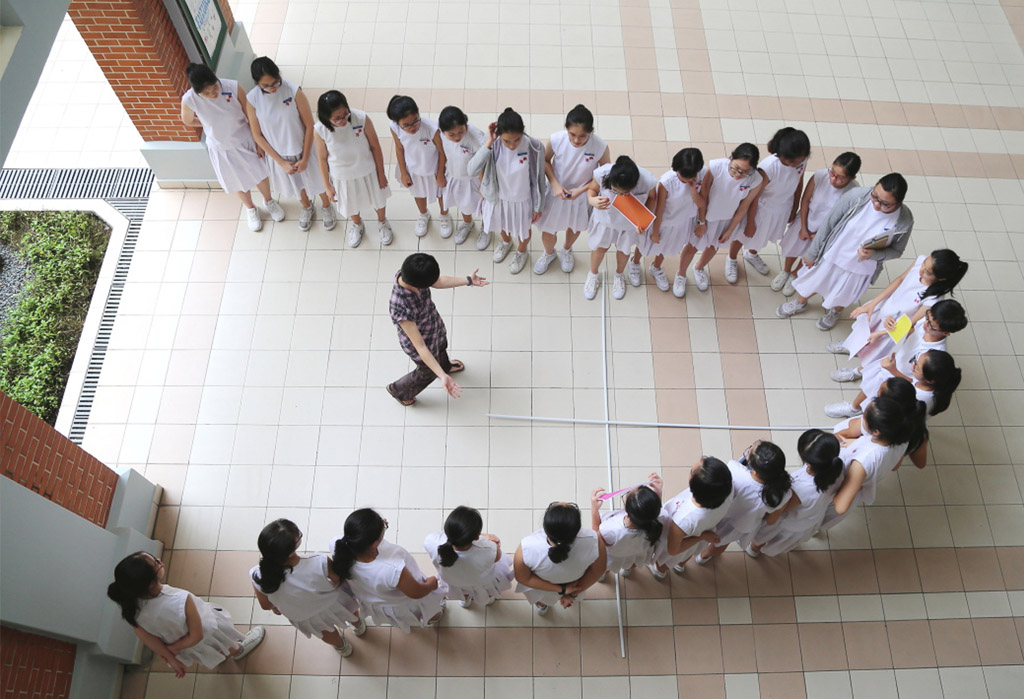
Getty Ready, Get Set . . .
Gamifying learning just makes learning more engaging for everyone. Prior to the lesson, I asked the Math teacher to place several Quadratic Equation problems in a bag. When Gamifying, I always add an element of randomness, especially when there is a selection process. At the start of the lesson, a student from each class pulled out an equation from the bag, followed by my announcement, “You have 10 minutes for all the groups in each class to find the solution to the problem. Let the games begin! Make this the best 10 minutes of your life!” A little drama always adds some exciting energy. Below, check out how the lesson unfolded.
Math: The Magic of Triangles
At the 2016 Singapore Maker Faire, admid rows and rows of Makers exhibiting really cool stuff, I gravitated towards a booth demonstrating magical Roly Poly pop-up story books, published by Scholastic. I immediately fell in love with them.
The hinged nested boxes that make up a Roly Poly book are constructed with triangular components. Math, Aesthetics and Engineering are inherent in each progressively smaller boxes as they unfold. Inspired to recreate one, I ordered a few Roly Poly books as soon as I got home. I then challenged myself to figure out the precise net drawing for these boxes without taking apart the purchased ones. With the help of Math and LOTS of prototyping, I figured it out!
Now with my digital net drawing completed, these Roly Poly boxes have become a staple in my bag of tricks. Their templates can be cut using scissors, or an analog or digital die cutting machine and have been a source of fun learning for kids and grownups.
They have delighted young visitors at NYGH Open Houses, Makers of all ages at the 2017 Singapore Makers Faire, Teachers at ExCEL Fest Expo 2016, NYGH students (Sec 3 / 8th grade) in my Independent Project Module and with SJI boys who integrated pop-up mechanisms, printed imagery and circuitry inside, to share an aspect of themselves through a cultural lens.
A wonderful teaching and learning experience with them involved a Sec 2 NYGH Math teacher who partnered with me in my Makerspace, for a lesson about the strength of triangles. During the lesson, the Teacher first shared Math concepts with the students, then I engaged them with cutting beautiful papers using an analog die cutting machine. Students completed their hands-on project by folding and assembling the triangles into fabulous Roly Poly boxes.
After the lesson was over, the Math Teacher had the students reflect on their learning with the Thinking Routine: “I used to think __________, now I think ________”.
Here is a reflection from a student. —->>>>
Check out the beautiful student work below!
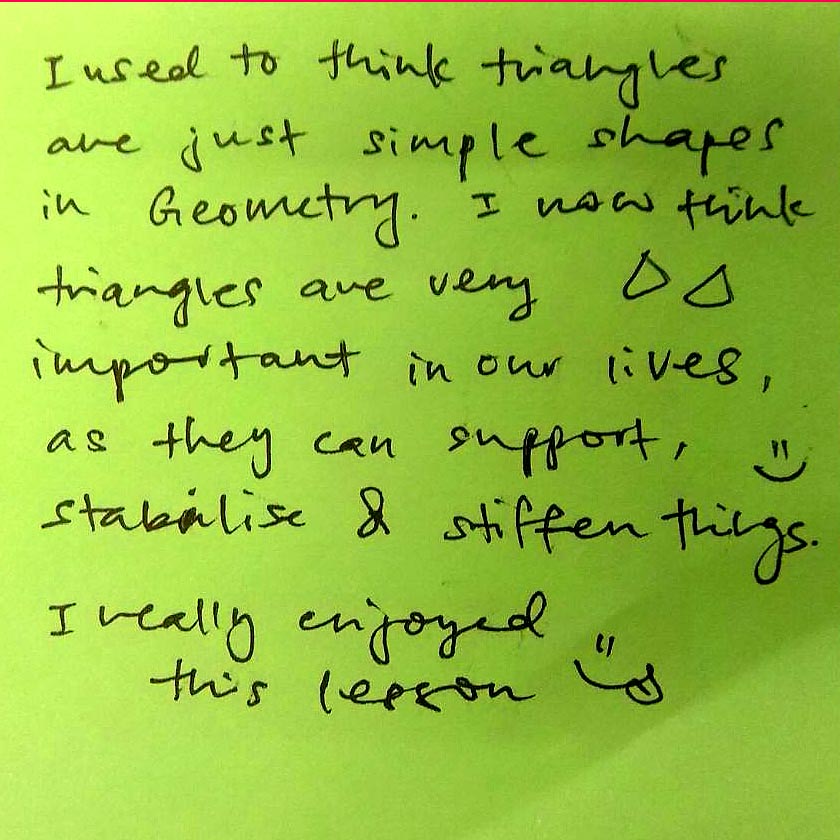
Canberra Primary Challenges Students on a Quest for Sustainability
Towards the end of the 2019 school year, members of the SEA Apple Education Division partnered with Canberra Primary School to facilitate, inspire and challenge Primary 6 students through their Advocate Programme.
The programme integrated Apple Ed Tech, Design Thinking and Making, to empower student teams through an understanding of Sustainability and how they could contribute a solution as global citizens.
I was honoured to be able to share with students what it means to have a Growth Mindset during the innovating process, as well as sharing hands-on Making tips and tricks.


